



By Jai Samota
On this day the GALWAN post was established in 1962.
Most of us are aware of the post called Galwan, but few know the details of its establishment in 1962. New Delhi was eager to establish a forward post opposite the Chinese post of Samzungling. However, Lieutenant General Daulet Singh, who led the Shimla-based Western Command responsible for Jammu and Kashmir and Ladakh, was not happy with the decision to establish a post so isolated, deep in a valley with no land route.
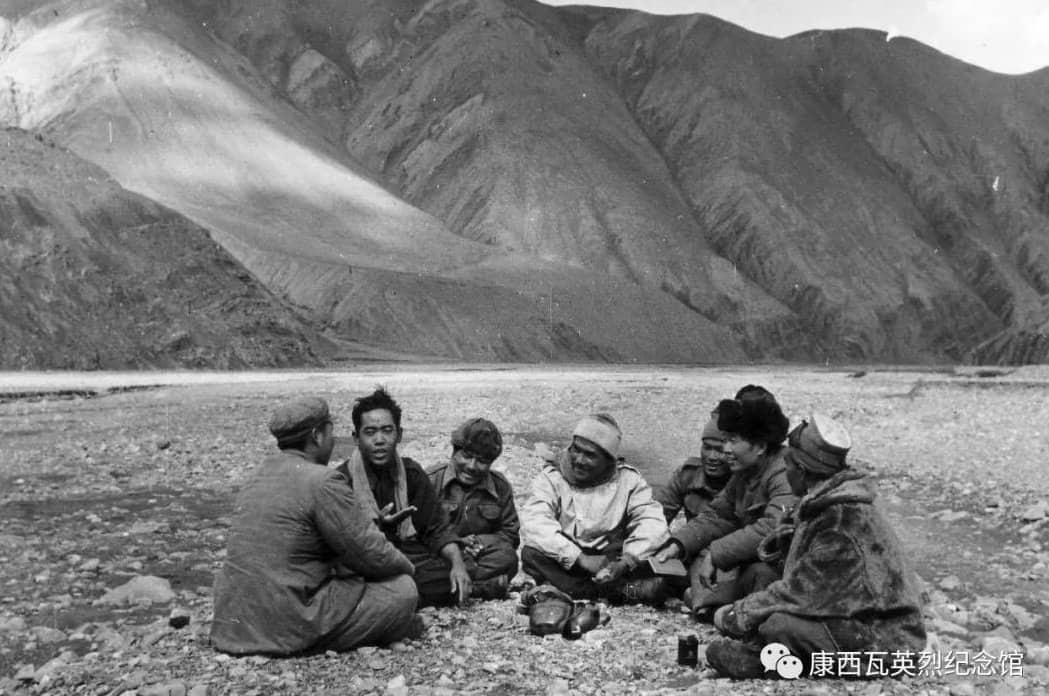
In mid-June 1962, the orders were made clear to establish a post. The orders reached the 114 Brigade based in Leh. Brigadier Rawind Singh Grewal, MC, had two regular infantry battalions and two J&K Militia battalions under his command. The 14 J&K Militia was looking after the Northern Sector and the 7 J&K Militia was looking after the Southern Sector.
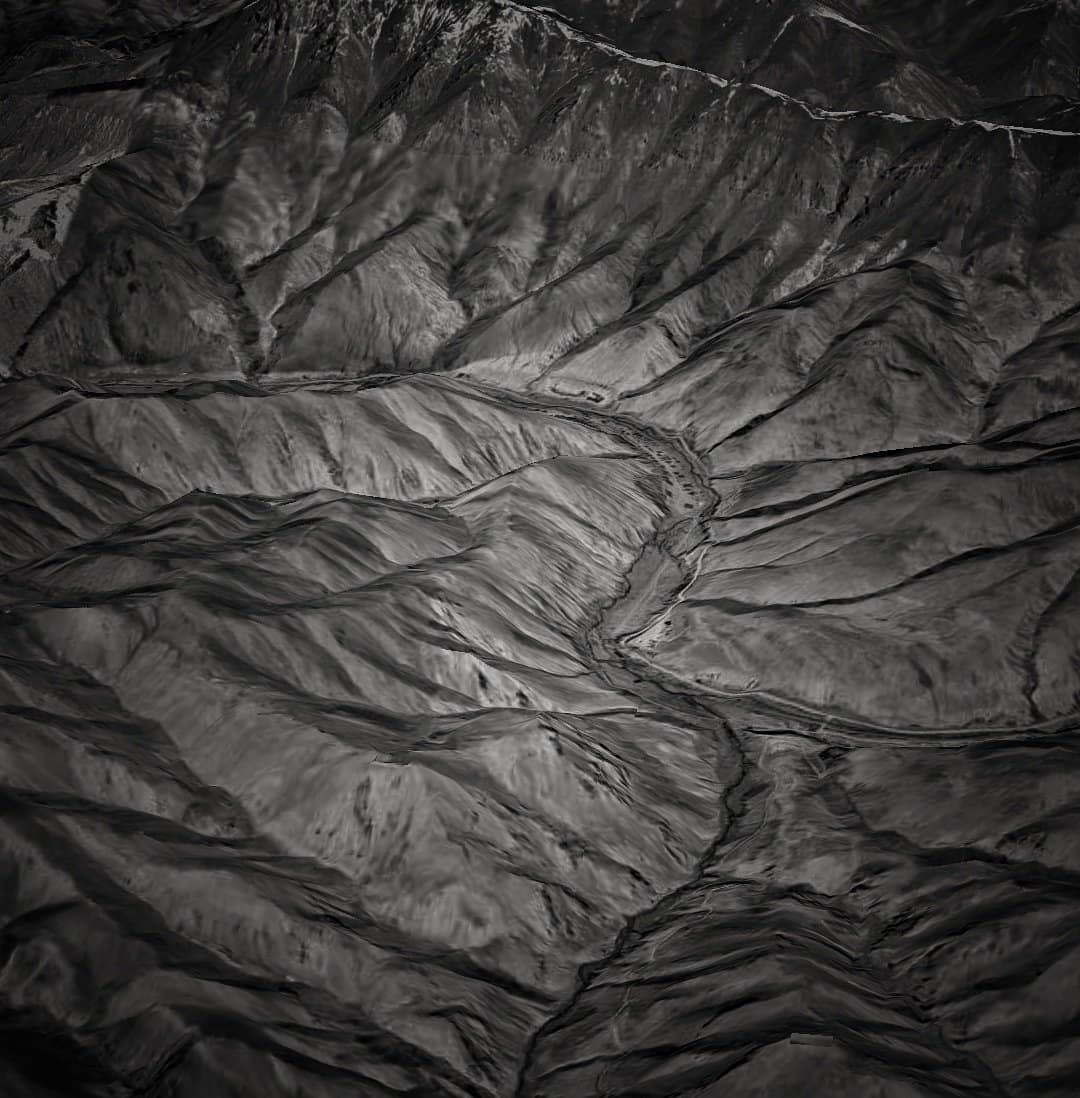
Of the two regular infantry battalions, 5 Jat had reached Ladakh just a month earlier, while 1/8 Gorkha Rifles had seen three different brigade commanders and two commanding officers. So, it was obvious for the brigade to send experienced troops to Galwan.
On 19th June, Western Army Commander Lieutenant General Daulet Singh, GOC XV Corps Lieutenant General Bikram Singh, along with AOC-in-C Western Air Command Air Vice Marshal Pinto and 114 Brigade Commander Brigadier Rawind Singh Grewal, MC, landed in Chushul and visited the 1/8 Gorkha Rifles Battalion HQ, where Lieutenant Colonel Hari Chand, MVC, was asked to establish a platoon-sized post at Galwan. The Gorkhas held a post at Hot Springs—the closest post to the Galwan Valley. The CO’s concern was that there were no existing land routes or mule tracks—how would his troops survive there?
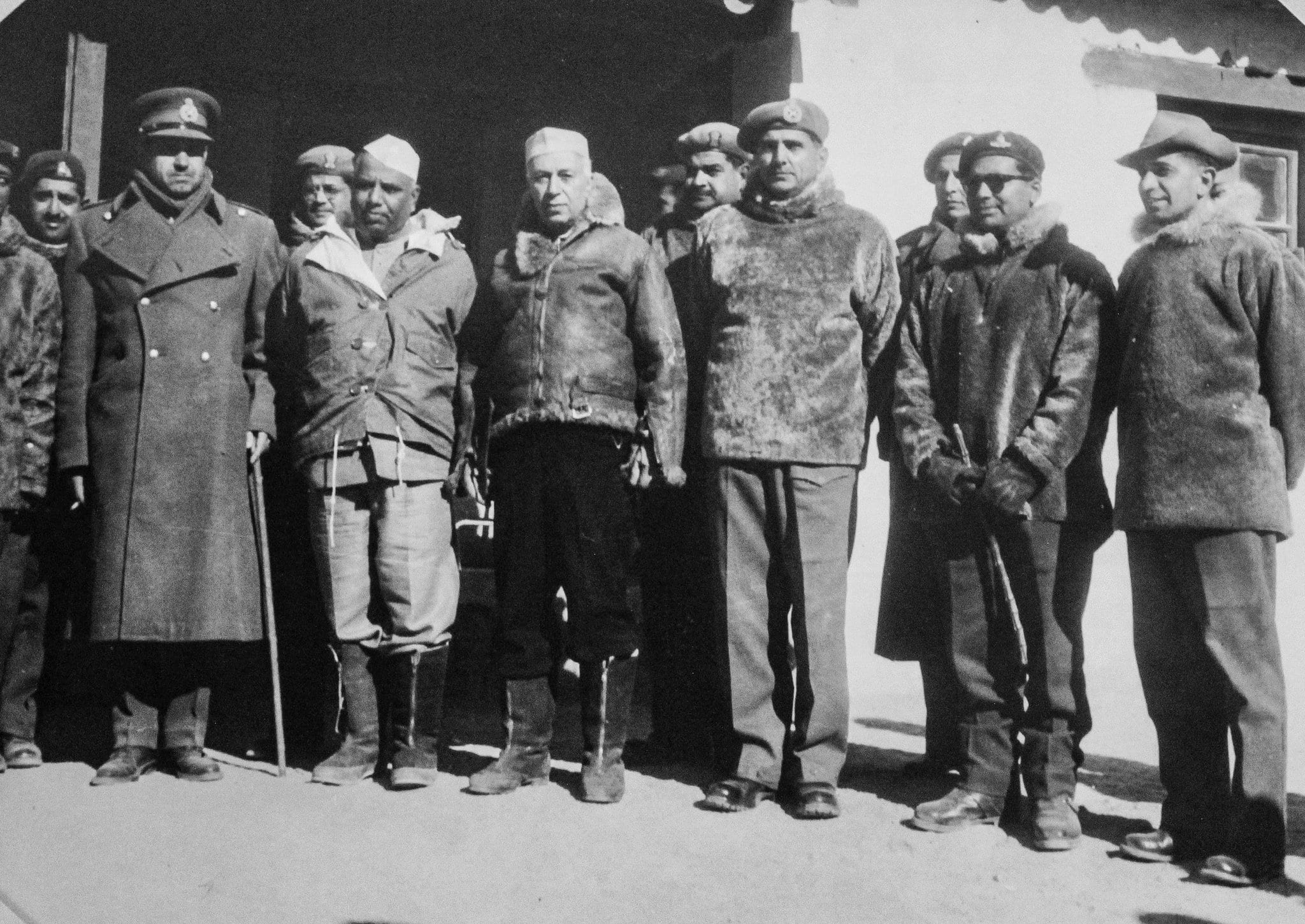
Captain Purshottam Lal Kher had already done reconnaissance of parts of the area in April 1961, and based on it, the battalion had earlier represented its inability to send troops to Galwan due to some issues:
(a) Paucity of troops
(b) Hostile terrain and bad weather
(c) Non-availability of fodder for mules in the area (Mules were very important to carry loads, including rations and radio sets)
(d) It would take a week to reach there and another week to come back
(e) In case of an emergency, it would be impossible to send any assistance
But somehow, the higher headquarters were not convinced by the difficulties posed by the battalion. Ultimately, at the end of June, a signal was received by the battalion headquarters which read: “The commander desires that a post be established at Galwan.”
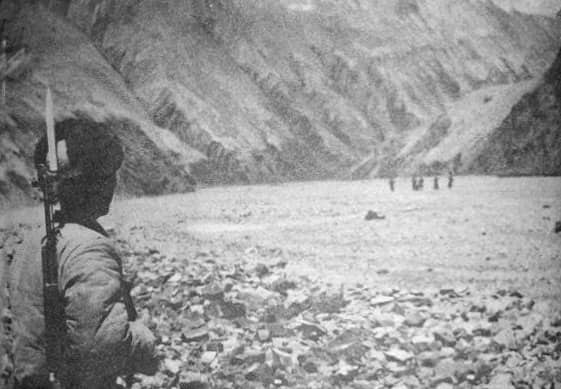
Accordingly, on 29th June, the CO, Lt Col Hari Chand, MVC, himself decided to go to Galwan and left Chushul for Hot Springs. A party comprising the CO, 1 officer, 1 JCO, 30 ORs, 4 mules, 1 radio set, 1 generating set, and rations for a fortnight proceeded to Galwan. The JCO and the troops, accompanied by Lt Col Hari Chand, MVC, and Lt Gustad Kotwal, were pulled out from Charlie Company of 1/8 Gorkha Rifles located at Hot Springs. After five days of trekking through very difficult terrain and tough weather, the party managed to reach the Galwan Valley junction as per the grid reference indicated by higher authorities.
Throughout the trek, the recce party experienced very heavy snowfall. They reached Galwan in the evening of 4th July by about 1700 hrs. Owing to thick fog, cloudy weather, and heavy snowfall, the visibility was negligible and darkness had set in. The party decided to stay put at the foothills for the night under extremely difficult weather conditions.
The next morning, at the break of day by about 0800 hrs, when our troops moved about to answer nature’s call, they observed movement of Chinese troops on top of the hills at the Galwan River junction on the northern side. The Chinese troops were in large numbers and threatened our troops to go back.
The battalion commander, having observed the Chinese presence there, quickly ordered deployment of his troops on top of surrounding hills, divided into three parties of 10 each. One party was under command of Jemadar Jung Bahadur Gurung and the remaining two under the command of NCOs. The troops were asked to climb the features as fast as they could and take up positions. They were instructed to observe strict fire control and open fire only in self-defence when physically assaulted. The troops started climbing the features, while the battalion commander and Lieutenant Kotwal, along with the protection party, stayed at the base.
With the departure of troops, the mules were left unattended and ran helter-skelter towards the direction where the Chinese headquarters were located. The Chinese captured the mules and later used them for carriage of water and rations to their respective posts. By about midday, our troops reached the top of their respective hill features. Chinese soldiers, armed with rifles and fixed bayonets in large numbers and in assault formation, started advancing toward our troops—who were split into three posts of ten each on top of hills at the Galwan River junction divided by the river.
Our troops had taken lying firing positions, while the Chinese advanced without opening fire. They came so close—up to a distance of 50 yards—and took lying firing positions. No exchange of fire took place. Our troops displayed a remarkable sense of fire discipline against the mounting threat. A stalemate had set in. Meanwhile, the commanding officer, watching the situation, decided to return to battalion headquarters, leaving the troops behind in their defensive positions. It was the seventh day since the battalion commander had been away from headquarters. That is how the Galwan post was established. Radio communications with battalion headquarters at Chushul were established.
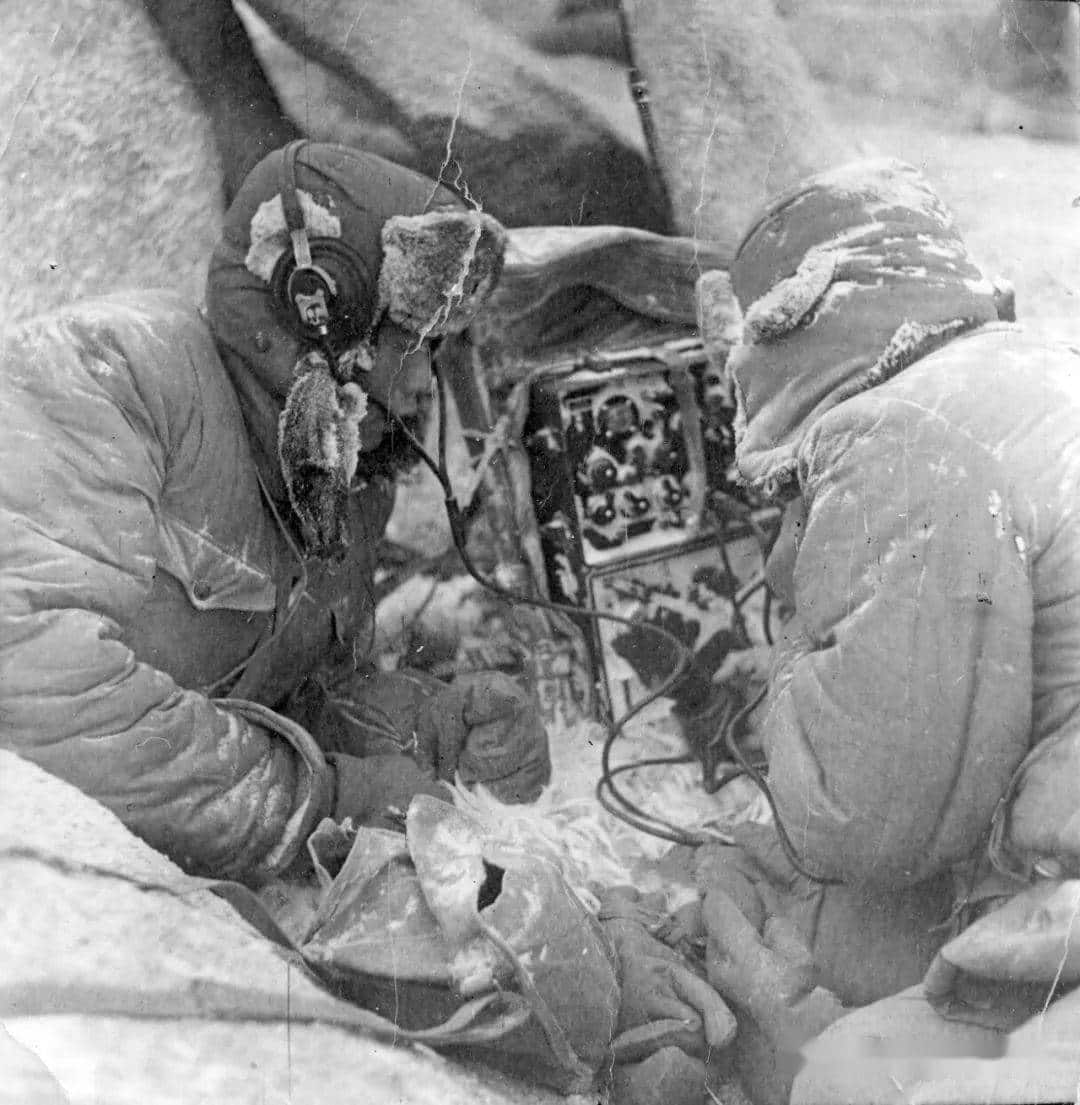
The troops at Galwan were in miserable conditions, surviving on kacha dry rations (rice mixed with onions and salt). They were without any overhead shelter. They ate snow to quench their thirst. No digging was possible as the troops did not possess any digging implements, except entrenching tools with which digging in snow was not possible. The battalion commander, after four days of trekking, reached back at the battalion headquarters at Chushul along with his protection party. At Galwan, the Chinese as well as our own troops remained in their respective defensive positions in a continuous state of readiness.
There was a sense of relief on the safe arrival of the battalion commander at Chushul. The brigade commander had been anxiously awaiting his return. On receipt of the intimation, the brigade commander rushed to Chushul to meet him and discuss future plans.
Meanwhile, Chinese troops at Galwan started propaganda with the help of loudspeakers at frequent intervals, conveying messages to our troops in English, Nepali, and Hindi. Frequent instructions were sent to battalion headquarters from New Delhi that our troops must not surrender at any cost, that our post shall be reinforced by land route, and that an officer must be sent to Galwan as post commander.
An effort was made to send reinforcements to Galwan on 10th July but failed due to bad weather. Another attempt was made on 16th July by a party of Major RS Sidhu and Lieutenant Gustad Kotwal, but they had to return from 400 yards of the post as hundreds of Chinese troops had blocked the land route. Jemadar Jung Bahadur was handling the situation with courage and confidence. For days, Chinese troops surrounded the post. On 7th August, Major Ved Prakash Bhasin and Havildar Thaman Singh Ale were dropped at Galwan by helicopter.
In a few days, the tense situation was resolved, and Major Bhasin, on orders from higher authorities, went to meet the Chinese in their camp. Mules were returned, but the land route remained blocked. The platoon of Gorkhas received much-awaited relief when they were relieved by Alpha Company of 5 JAT in October 1962. Within a few days of landing at Galwan, the Jats fought the bloody battle of Galwan.
Discover the latest Business News, Sensex, and Nifty updates. Obtain Personal Finance insights, tax queries, and expert opinions on Moneycontrol or download the Moneycontrol App to stay updated!
Find the best of Al News in one place, specially curated for you every weekend.
Stay on top of the latest tech trends and biggest startup news.